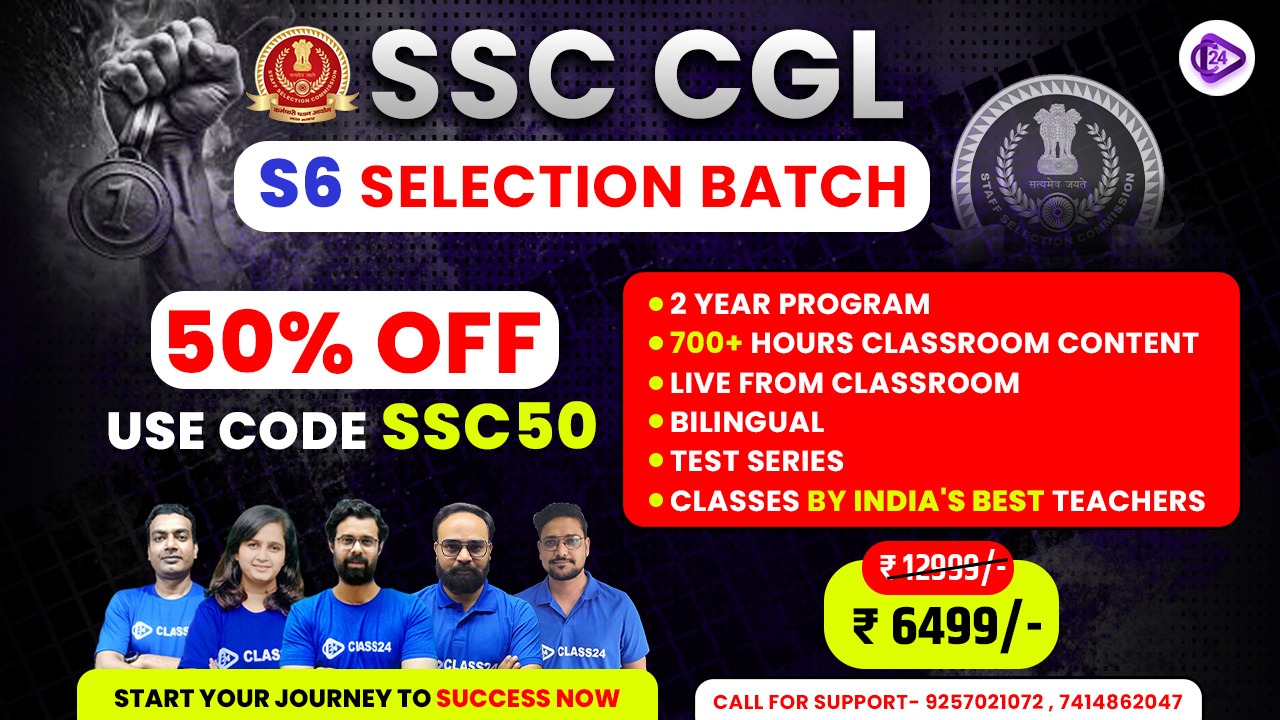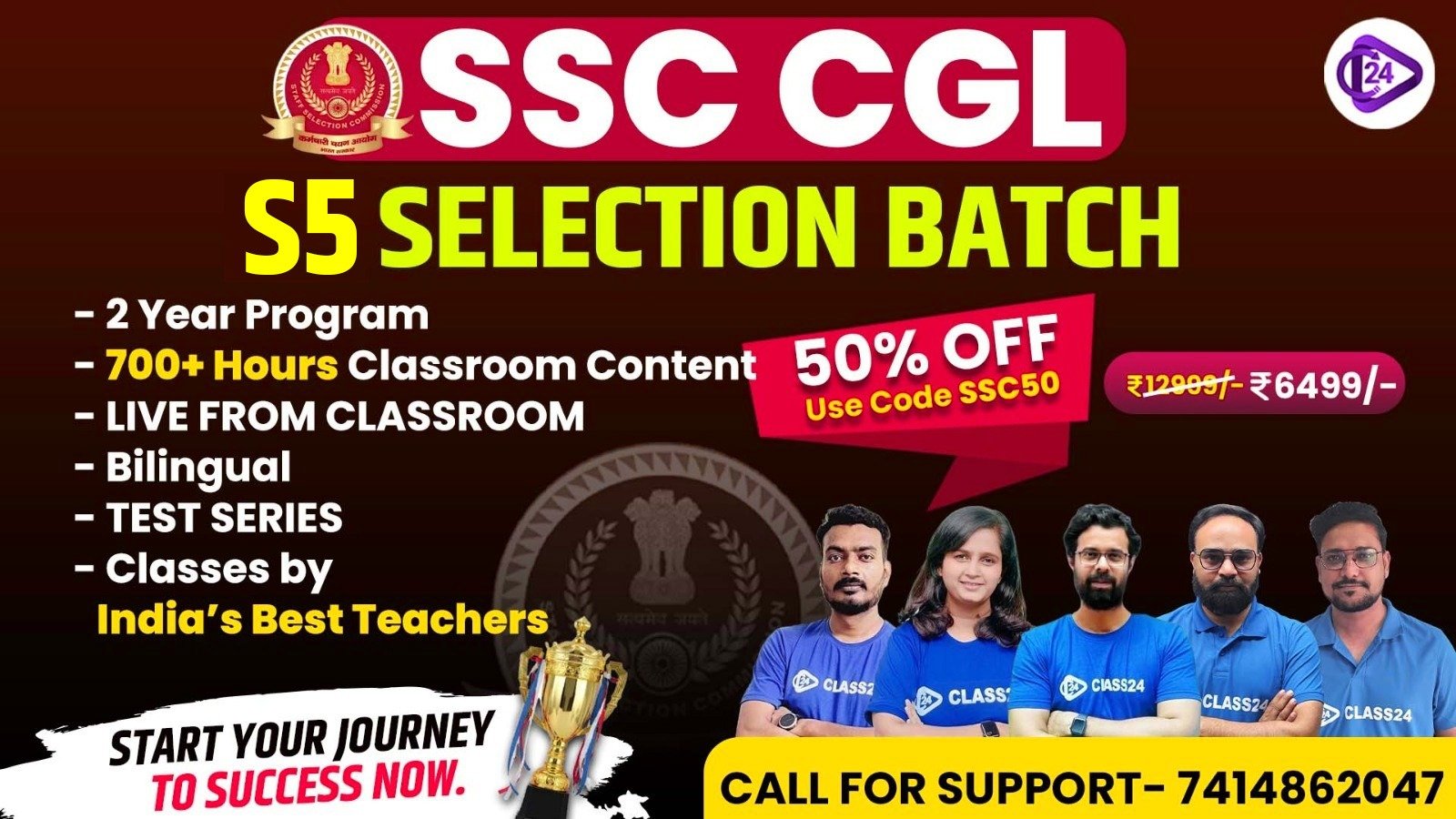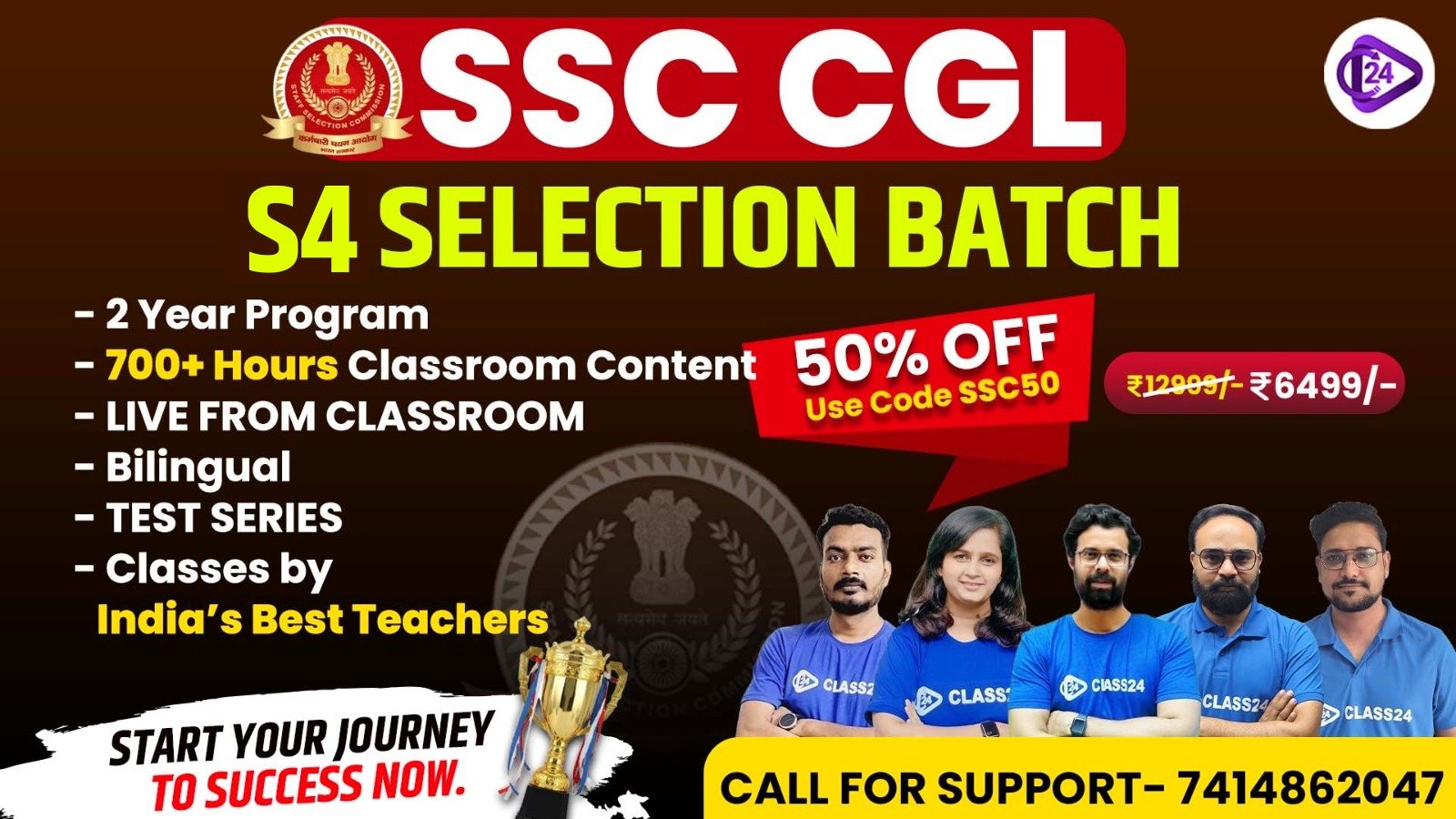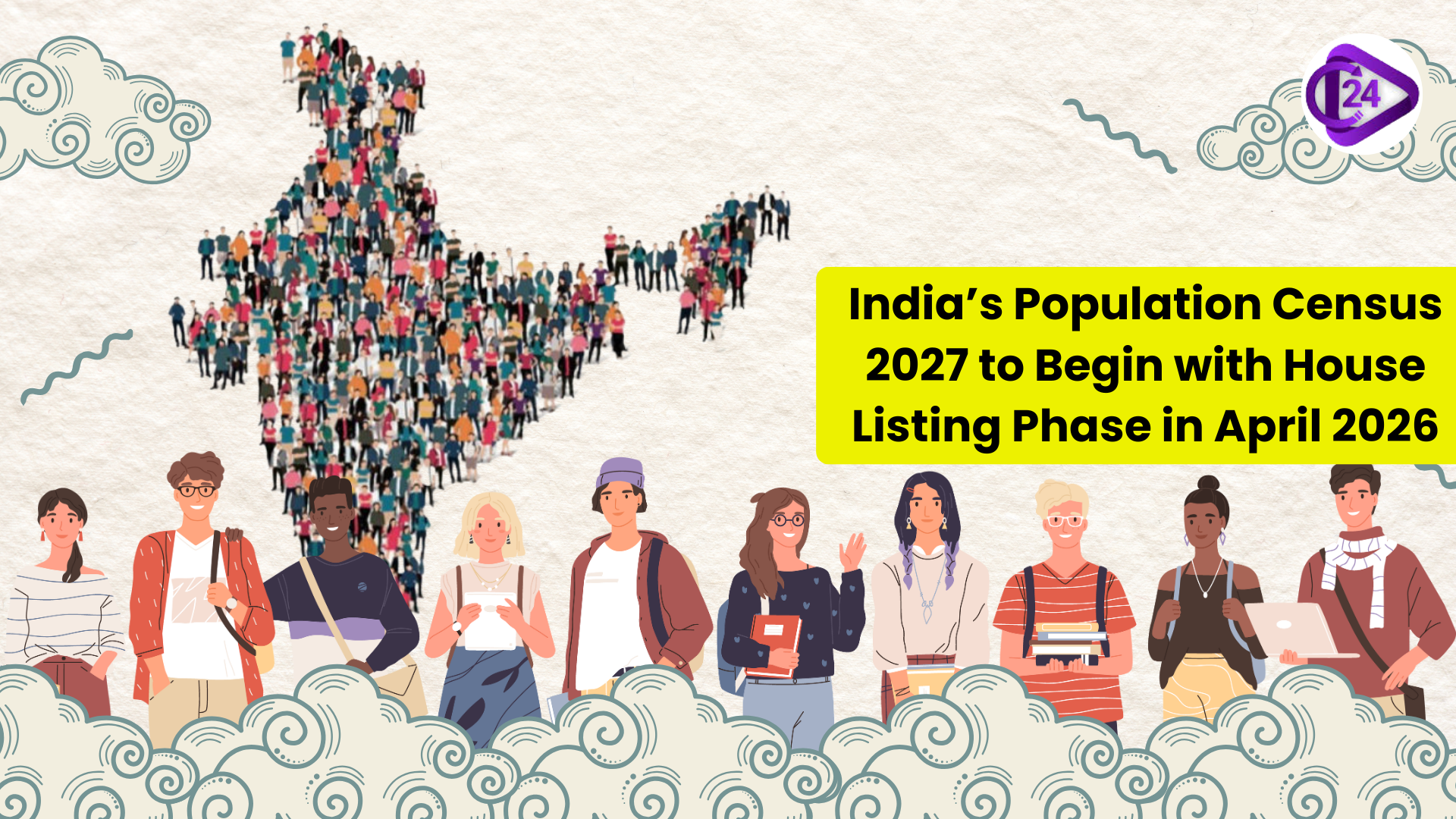
Registrar-General of India (RGI) has declared the initial stage of the Population Census 2027, which is going to commence on April 1, 2026. The step will entail the HouseListing and Housing Schedule (HLO). On behalf of this, planning will be done, and the administrative boundaries are to be completed by the end of 2025. The census will also be done digitally for the first time and a total of 34 lakh enumerators and supervisors will participate in this exercise countrywide.
Context
The HouseListing and Housing Schedule of India Population Census 2027 will begin in April 2026 which will be its first phase. It will be a digital exercise that will comprise millions of enumerators.
Census Phases:
-
HouseListing and Housing Schedule (HLO): This will be implemented in April of 2026 and will gather the information on housing conditions, house composition and facili- ties.
-
Population Enumeration (PE): To pursue it, this step will record the specific demography and socio-economic skills, with a reference date of March 1, 2027.
Freezing of Administrative Boundaries:
-
The RGI has stated that any administrative boundary change has to be concluded before the 31 st of December 2025. This involves the delimitation of police stations, tehsils and districts.
Census 2027 Preparatory Steps
-
Enumeration Blocks: There are about 24 lakh enumeration blocks (EB) which have been finalized in the 2021 Census and would probably be considered in the 2027 Census. Each of the blocks tends to stretch 150-180 houses or 650-800 individuals.
-
Census Functionaries: A massive group of about 34 lakh enumerators and supervisors will be used in the digital Census, and also there are 1.3 lakh other Census functionaries.
Caste Enumeration
-
Inclusion of Caste Data: The Census will for the first time ever after 90 years, reveal detailed caste data. The Union Cabinet gave its approval to this on April 30, 2025, as a part of the Population Census-2027.
What is Gathered In the Census?
-
HLO Data: The initial stage gathering the aspects like family structure, the material of the house, the type of ownership, facilities of the house (water, electricity, sanitation), cooking source, appliances like TV, phone and car, etc.
-
PE Data: The second step would include taking details of the demographics such as name, age, sex, marital status, education, occupation and status as caste/tribe.
Population Enumeration (Forecast in February 2027)
Record data at individual level:
-
Name, age, sex, relation to the head of the household
-
Occupation, religion, education and marital status
-
Caste / tribe status, disability, migrant background
-
Even the homeless people will also be counted.
In 2027, the Census Digital Leap
-
Self-Enumeration: The households have a chance to complete information pertaining to them through a portal in government or a mobile application.
-
Smartphones as Data Recorder: Enumerators will use smartphones or hand set with an installed data collection application.
-
Real-Time Monitoring: The Census Management and Monitoring System (CMMS) will monitor the progress, address the problems and make sure that the data is of high quality.
What makes the 2027 census different from the 2011 census?
|
Aspect |
2011 Census |
2027 Census |
|
Mode of Data Collection |
Fully paper-based |
First fully digital census, minimal paper use |
|
Use of GPS & Geofencing |
Not used |
GPS tagging of houses and geofencing for accuracy |
|
Error Detection |
Manual checking, limited automation |
Mobile alerts to flag unusual entries in real-time |
|
Data Entry Method |
Manual entry with written forms |
Pre-programmed dropdowns for standardized digital input |
|
Data Processing Speed |
Slower due to manual collation |
Faster and automated with real-time syncing |
|
Accuracy |
Prone to human error and inconsistency |
Higher accuracy due to automated validation checks |
|
Enumerator Tools |
Pen, paper, printed forms |
Tablets/smartphones with census app |
Challenges in the 2027 Census and way forward
-
Digital Literacy: Enumerators lack knowledge of digital tools, many of them. Solution Multilingual features interfaces as well as intense training of enumerators.
-
Access in Rural Areas: The rural areas have poor connectivity. Resolution: the app will be offline and will sync the data after connecting.
-
Technical Problems: A prospect of bugs or malfunctions of software in the field. Solution: Real-time field support and trouble-shooting tools.
-
GPS Drift: incorrect GPS tagging. Solution: It will be through manual adjustments of coordinates by supervisors.
-
Respondent Reluctance: There are those who will not want to provide personal data. Solution: To train enumerators on soft skills and legal procedures to overcome fear.
Conclusion
Census 2027 will be a revolutionary step in the history of data collection in India where digital technologies and real-time follow-up will allow a new degree of accuracy and efficiency in the process. The addition of caste information is a major activity that is leading to a lot of awareness about the social fabrication of India. Although the issues of digital literacy and connectivity are observed, they can be avoided with relevant training and technical assistance. This is because a digital-first system offers speediness and certainty of data, which will be essential in decision-making regarding policies and development planning.



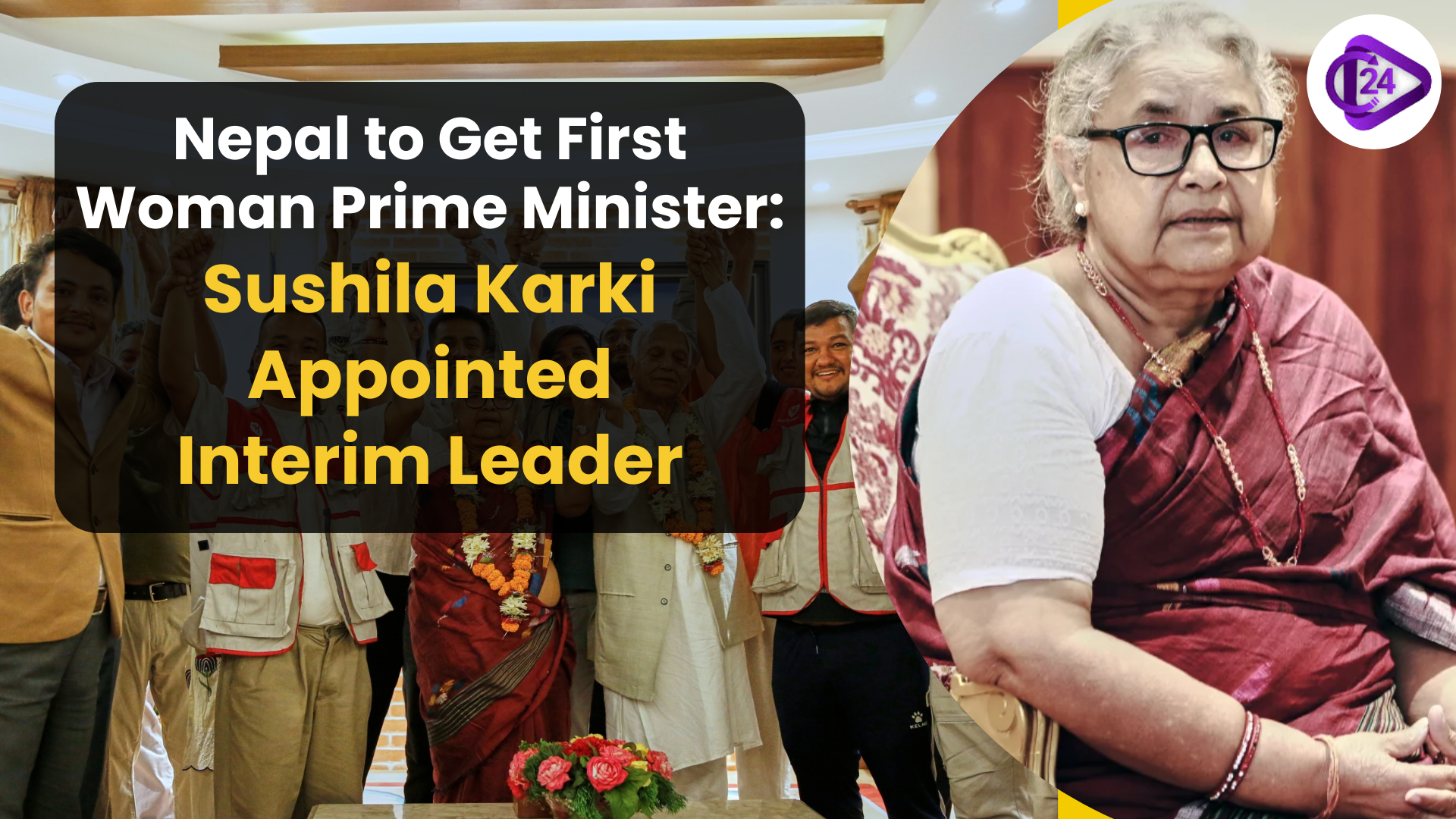 Nepal to Get First Woman Prime Minister: Sushila Karki Appointed Interim Leader
Nepal to Get First Woman Prime Minister: Sushila Karki Appointed Interim Leader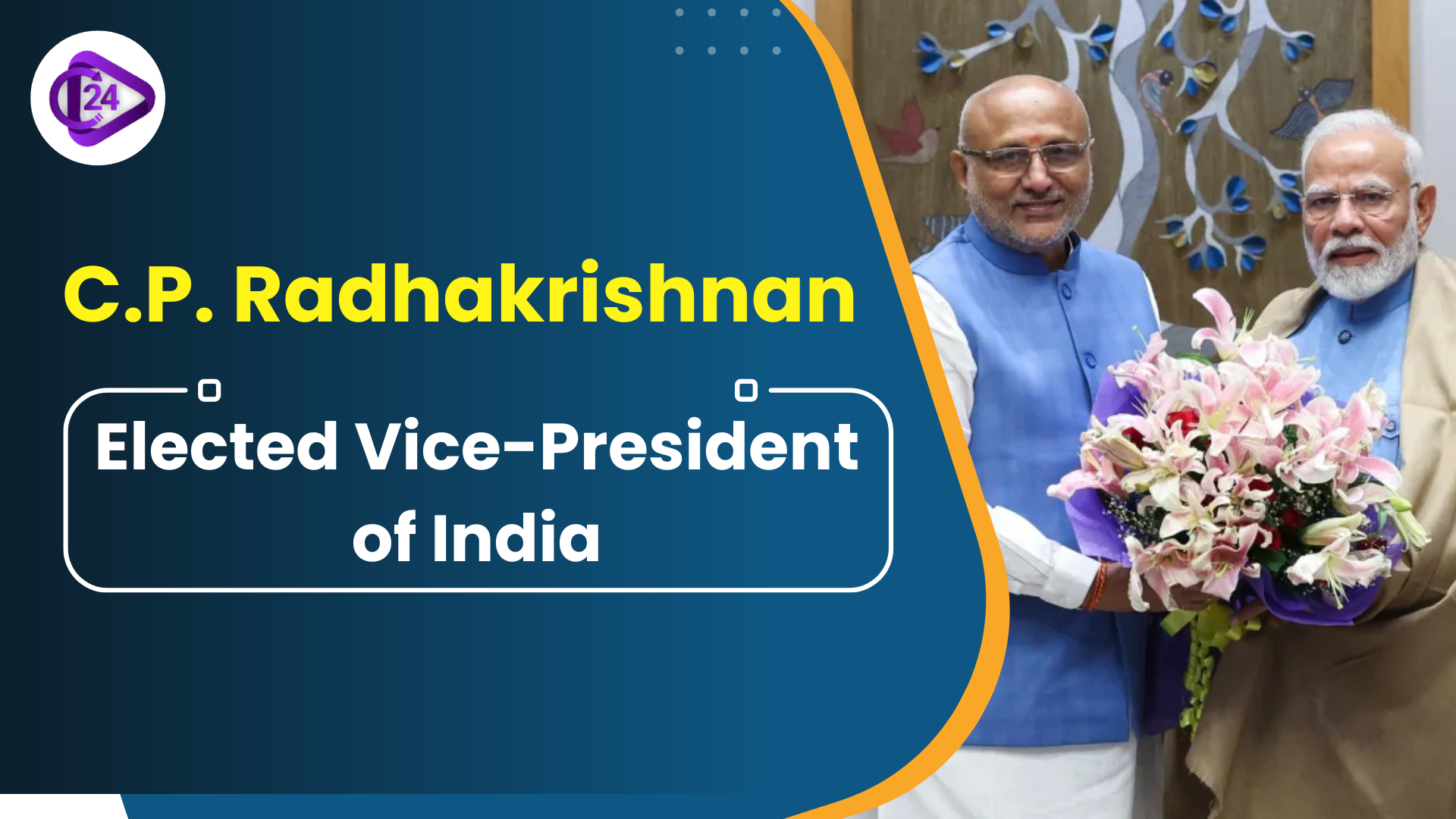 C.P. Radhakrishnan Elected Vice-President of India
C.P. Radhakrishnan Elected Vice-President of India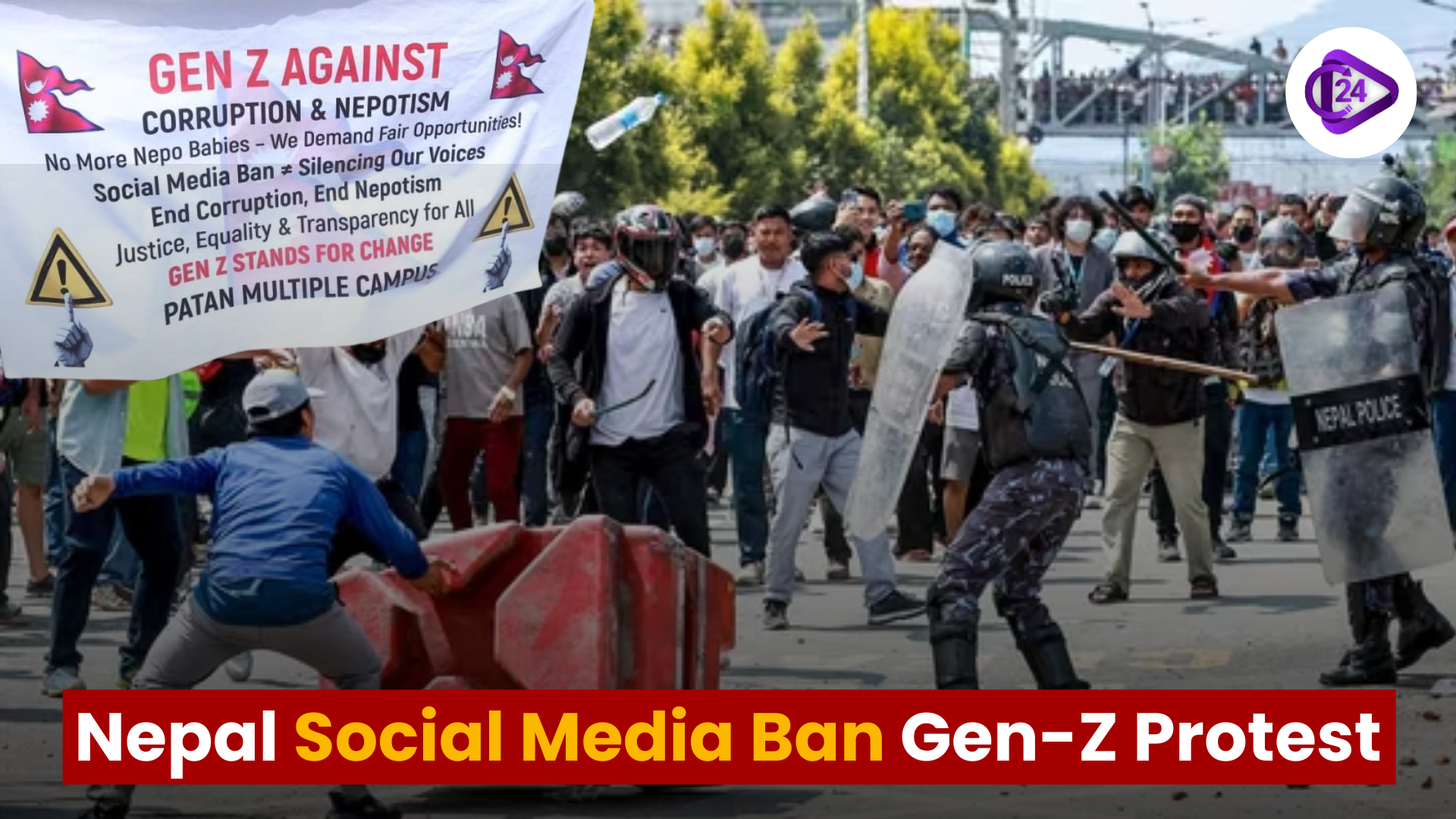 Nepal Social Media Ban Triggers Mass Gen-Z Protests
Nepal Social Media Ban Triggers Mass Gen-Z Protests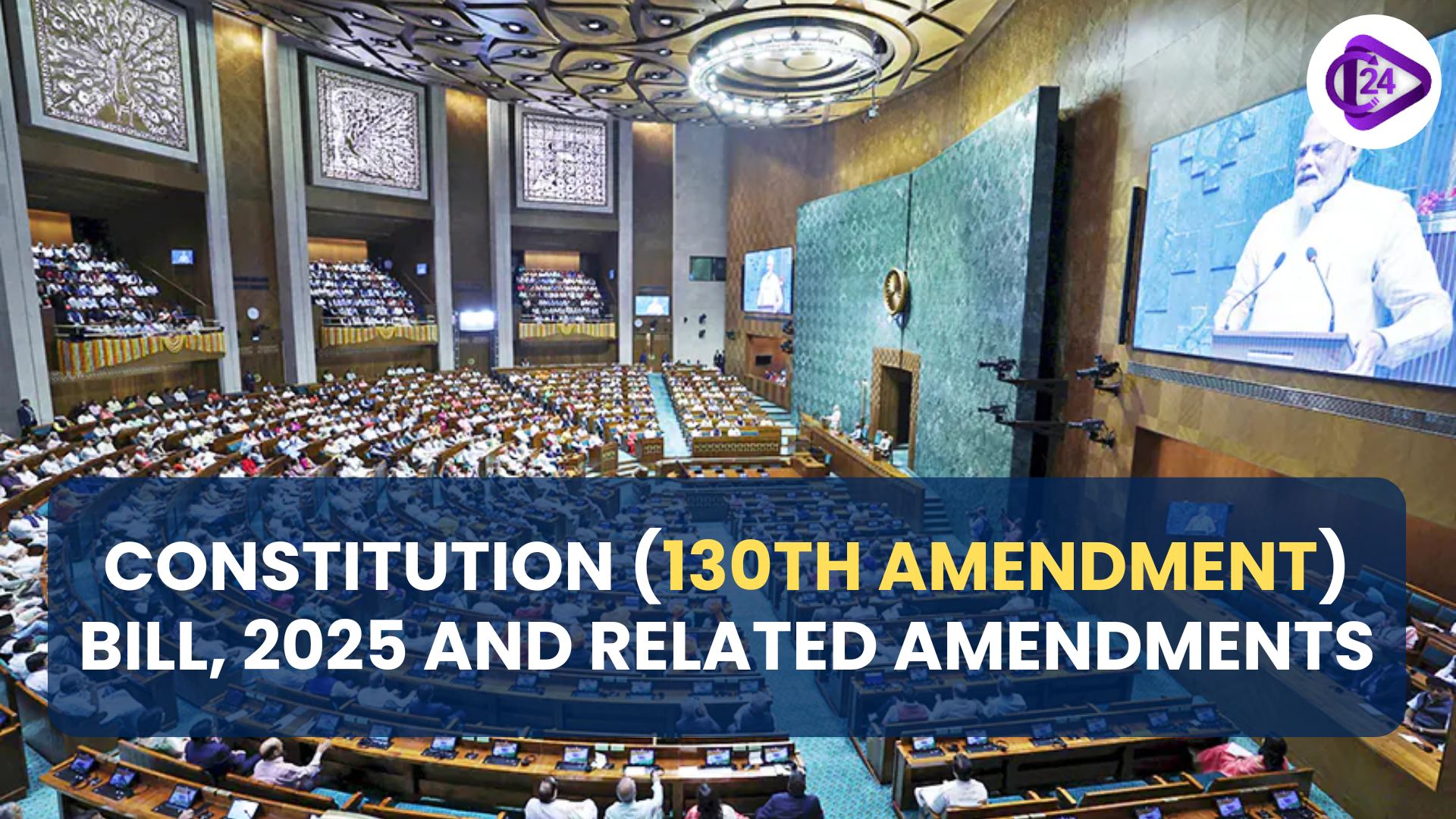 Constitution (130th Amendment) Bill, 2025 and Related Legislations
Constitution (130th Amendment) Bill, 2025 and Related Legislations The Role of Preventive Health Screenings in Achieving a Healthier India
The Role of Preventive Health Screenings in Achieving a Healthier India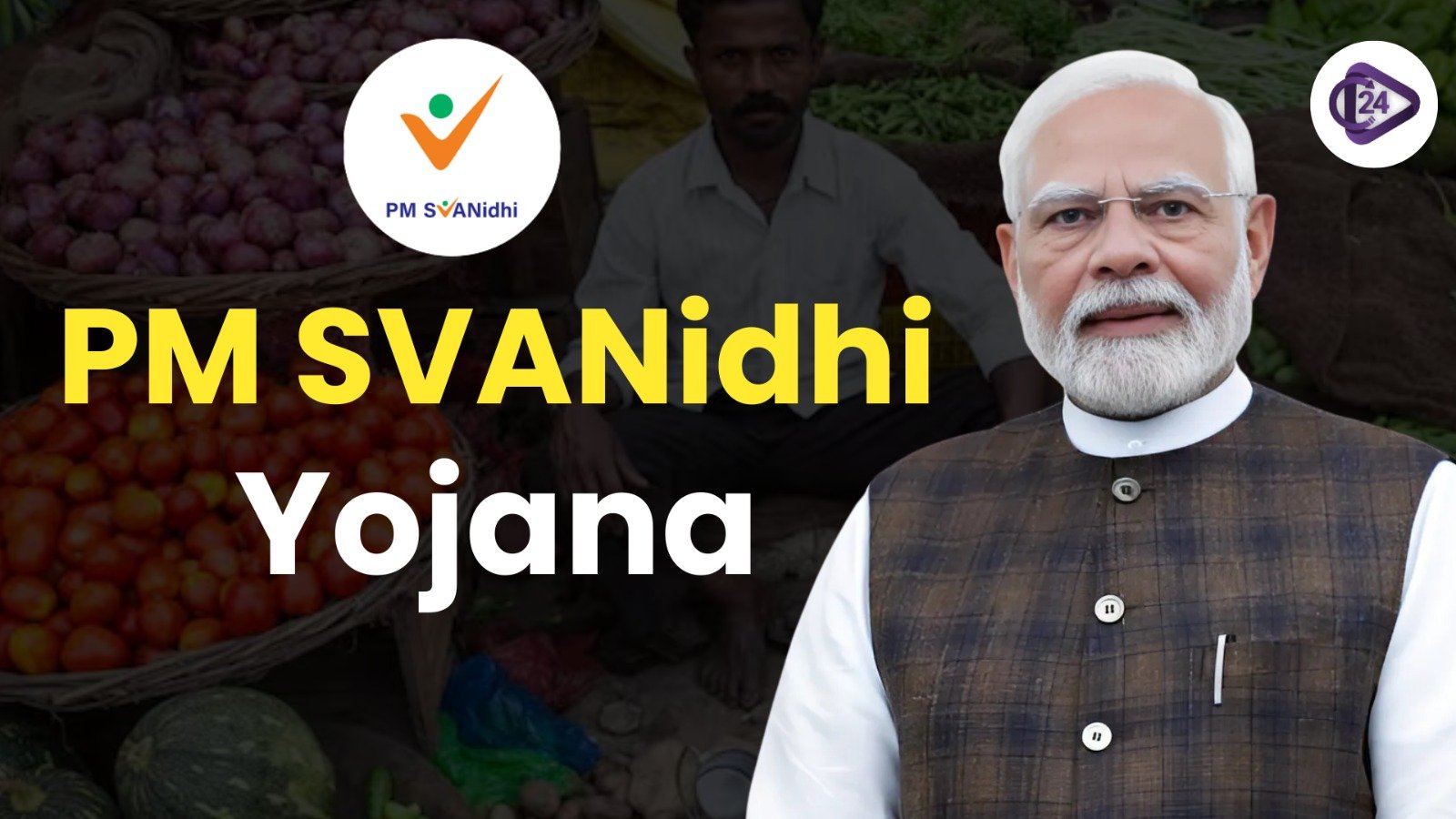 PM SVANidhi Yojana: Empowering Street Vendors with Financial Inclusion
PM SVANidhi Yojana: Empowering Street Vendors with Financial Inclusion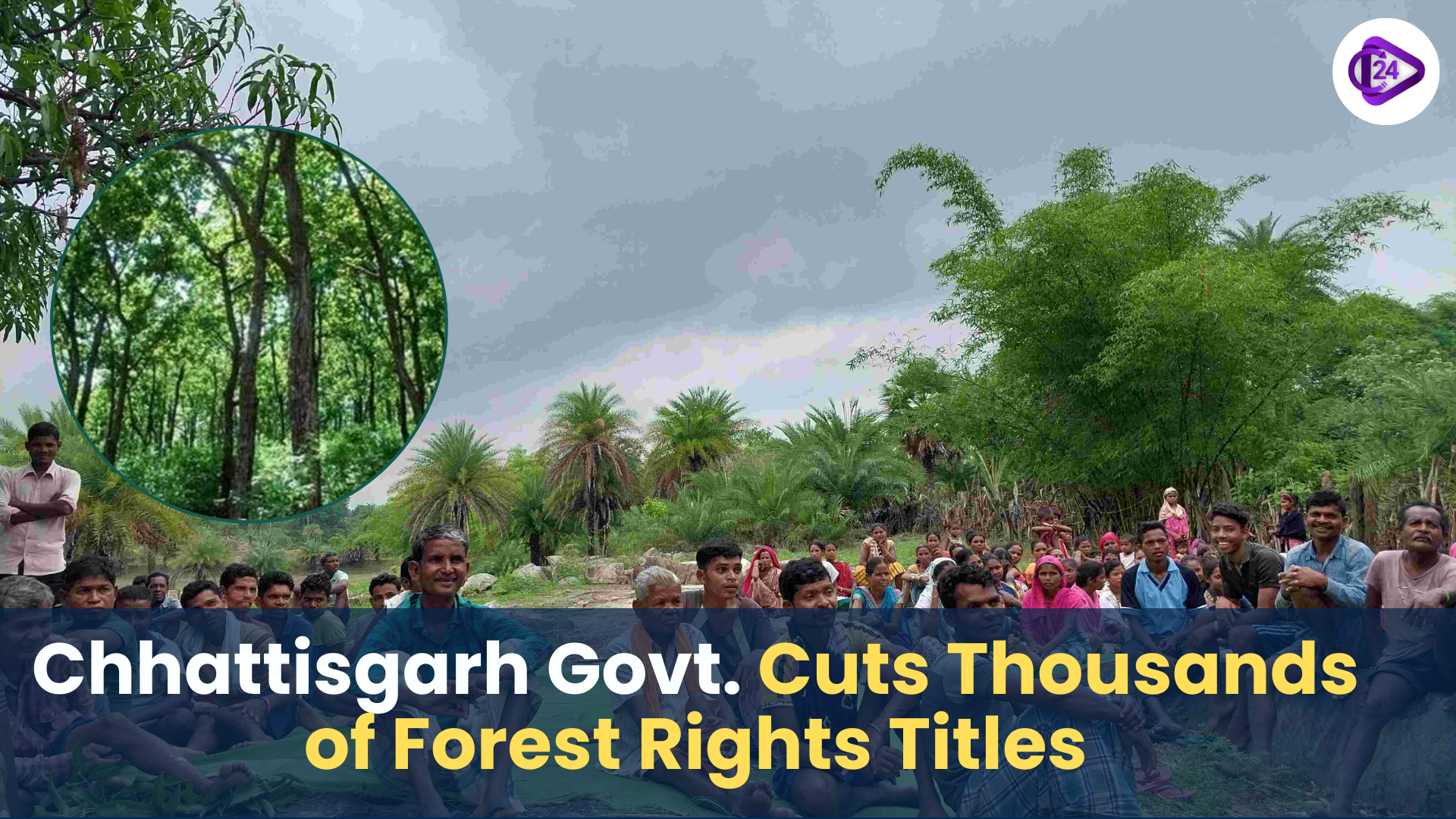 Chhattisgarh Govt. Cuts Thousands of Forest Rights Titles
Chhattisgarh Govt. Cuts Thousands of Forest Rights Titles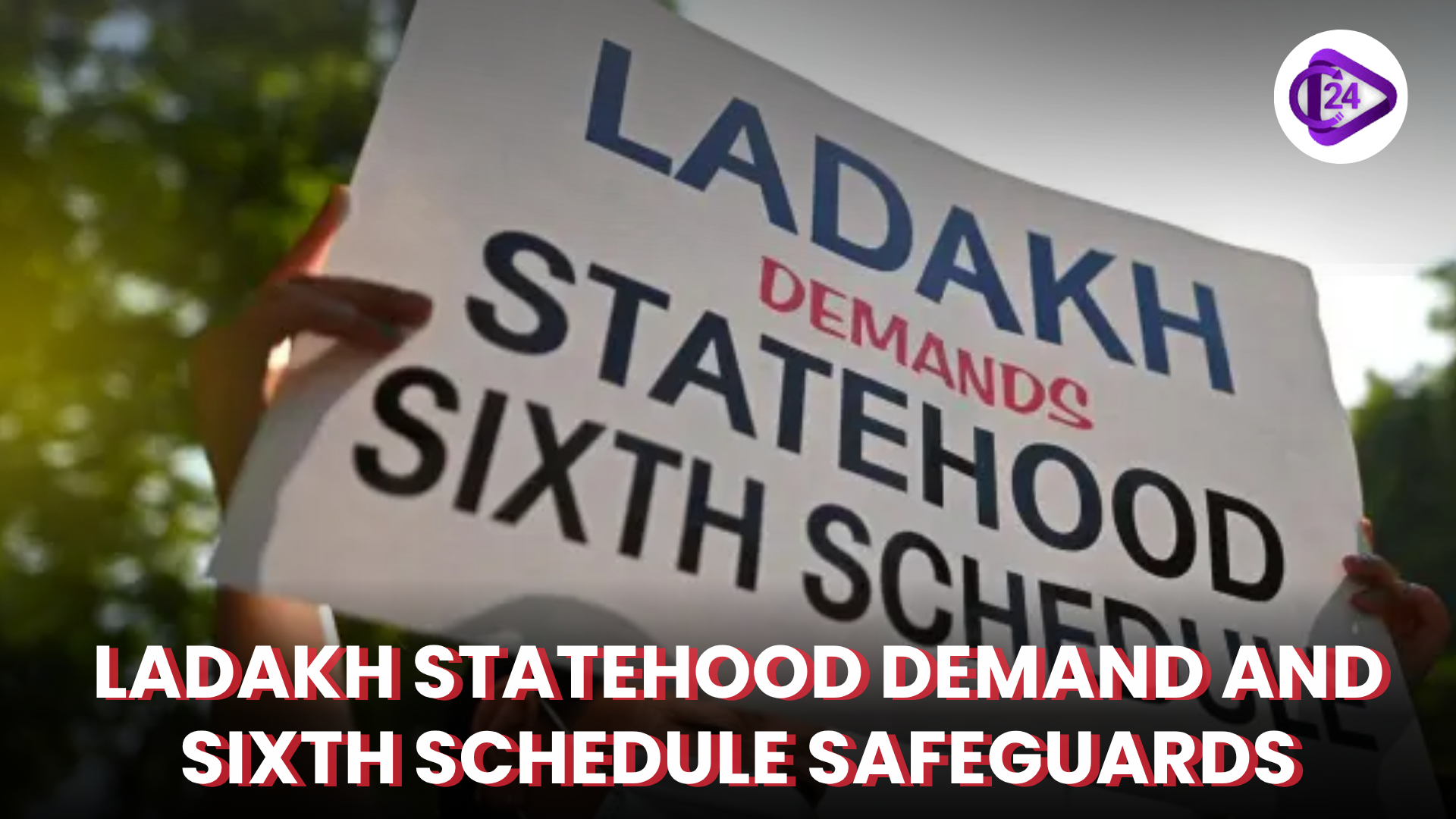 Ladakh Statehood & Sixth Schedule Demand Intensifies
Ladakh Statehood & Sixth Schedule Demand Intensifies The Need to Protect India’s Linguistic Secularism: Safeguarding Unity in Diversity
The Need to Protect India’s Linguistic Secularism: Safeguarding Unity in Diversity

